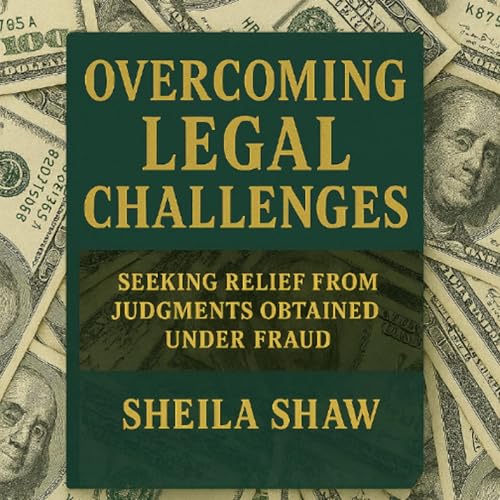AI-Powered Lawsuit Strategy Using the 'Trusted Criminals' Lens This guide details an AI-assisted legal strategy that exposes deception, institutional negligence, and abuse of trust, inspired by David Frederick's 'Trusted Criminals' framework. It outlines each litigation phase, from intake to settlement, recommending top legal tech tools for evidence capture, legal theory validation, drafting, and analytics. Action steps and tool comparisons help accelerate case building, maximize leverage, and maintain a coherent, evidence-based narrative.
podcast link: https://cdn.notegpt.io/notegpt/web3in1/podcast/podcast_28b79d74-b27e-412e-91d3-00e0b681bd45-1763681269.mp3
1. Framing Lawsuit Strategy with the 'Trusted Criminals' Lens
1.1. speaker1: So, I keep hearing about this 'trusted criminals' approach in lawsuits. It sounds almost like an oxymoron, but apparently, it’s a powerful way to expose things like deception or institutional negligence. Can you break down what that really means in practice?
1.2. speaker2: It is a bit of a jarring phrase, isn’t it? The idea is to focus on people or institutions who abuse their authority—folks you’re supposed to be able to trust, but who use that position for shady stuff. So, in a lawsuit, you’re not just saying someone broke the rules, you’re showing how trust itself was weaponized to cause harm.
3.3. speaker1: I imagine transcripts and medical records are a whole other beast. Can AI really handle those without making a mess?
3.4. speaker2: Surprisingly well! Sonix can crank out near-perfect transcripts from audio, and DigitalOwl parses medical records for key injuries or damages. Even really tangled email threads or technical diagrams get streamlined by tools like Amto or PatentPal, so you’re not buried in raw data.
4. Building and Stress-Testing Legal Theories
4.1. speaker1: Let’s move to strategy. After organizing evidence, how do you actually connect those trusted-criminal behaviors to real legal claims? There’s got to be more than just calling someone out for bad behavior.
4.2. speaker2: Absolutely—it’s about mapping each sketchy action to a specific cause of action: fraud, negligent misrepresentation, maybe even RICO if there’s a pattern of abuse. AI like CoCounsel will suggest matching statutes and pleading standards so you’re not just guessing.
4.3. speaker1: And is it possible to predict the odds before diving in? I mean, sometimes you want to know if you have a shot before you get buried in motions.
4.4. speaker2: Totally. Tools like Law.co run early liability checks, and then analytics from Premonition or Lex Machina predict outcomes based on the judge and venue. It’s like having a legal weatherman before the storm hits.
5. From Demand Letters to Settlement Leverage
5.1. speaker1: What happens once you’ve built that case? I’ve heard demand letters can make or break things before a suit even starts.
.
 5 min
5 min 6 min
6 min 4 min
4 min Nov 15 20256 min
Nov 15 20256 min
